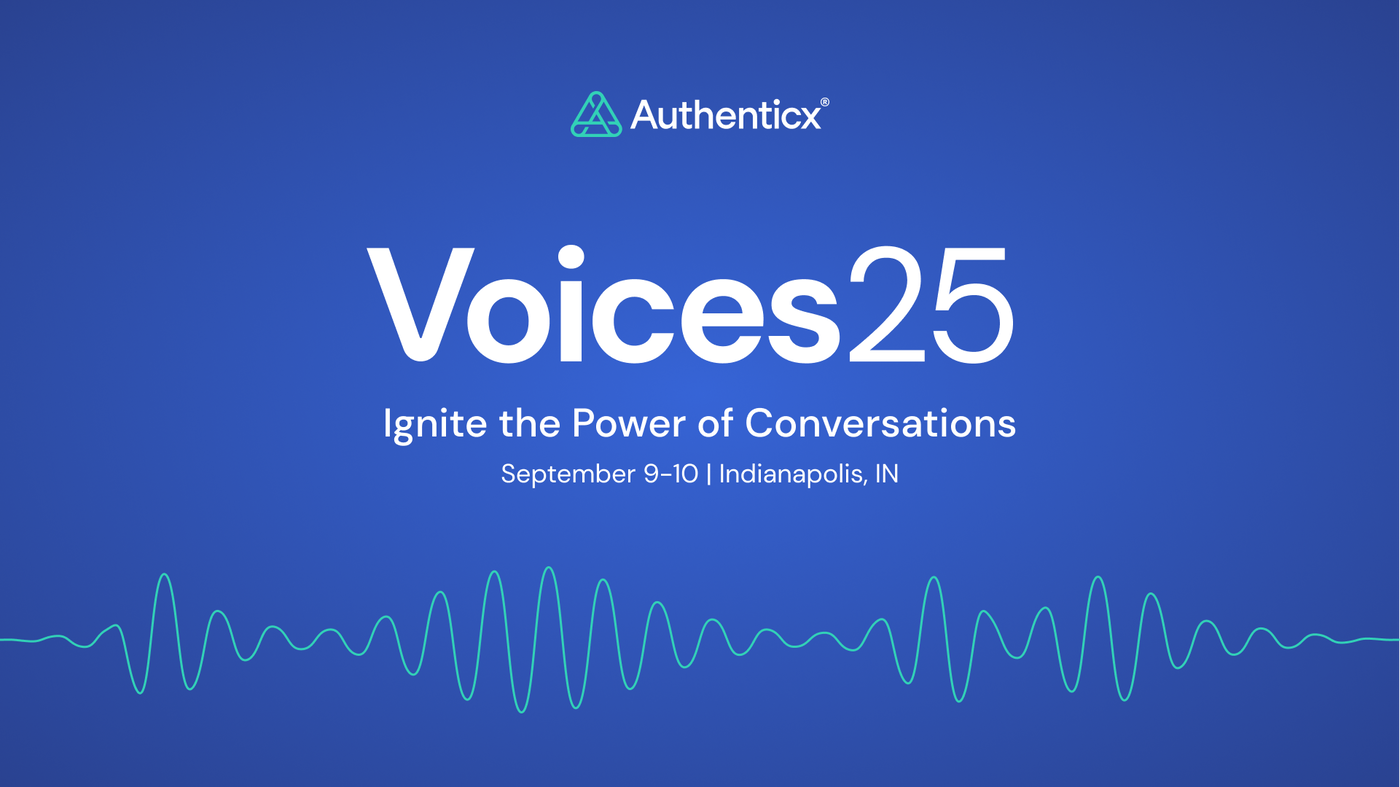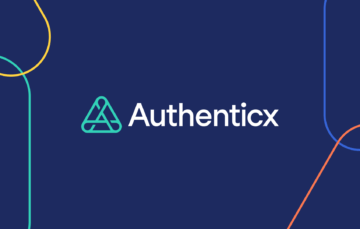
When the word ‘health’ is mentioned, oftentimes our mind goes directly to medical terms. We think about how our body is feeling or functioning. The pulse and pressure and scans conducted at a doctor’s office in a clinical setting calculate and define how healthy we are. But, there’s growing recognition that health encompasses more than clinical factors.
When considering ideal health outcomes, non-medical factors also play key roles in how we approach and prioritize health in the day-to-day routines. Because at times these factors present barriers to positive health outcomes. These factors are labelled and called social determinants of health (SDOH).
What are Social Determinants of Health (SDOH)?
Factors such as economic stability, education access, healthcare access, neighborhood environment, and community context all play critical roles in influencing how an individual approaches their health journey. For example, if an individual lives in a neighborhood with inconvenient access to a grocery store, then it will be more difficult to maintain a healthy diet which can, in turn, negatively impact their health.
Specifically, the U.S. Department of Health and Human Services recognizes social determinants of health as “the conditions in the environments where people are born, live, learn, work, play, worship, and age that affect a wide range of health, functioning, and quality-of-life outcomes and risks.” Social determinants of health have a significant influence on health outcomes. The World Health Organization, recently shared research suggesting SDOH account for approximately 30-55% of health outcomes.
Consider this Scenario A patient calls a billing line regarding a recent medical bill for an inpatient hospitalization for a heart condition. He cannot afford to pay the bill. He is underinsured and unemployed. He decides to cancel his future follow-up appointments with his specialist, ignoring his heart condition. A few months later, the patient is re-admitted to the hospital, impacting both his quality of life and the burden of an added financial cost.
The following non-medical factors impact our day-to-day health routines:
- Safe housing, transportation, and neighborhoods
- Racism, discrimination, and violence
- Quality of education
- Job opportunities and income
- Access to nutritious foods and physical activity opportunities
- Polluted air and water
- Language and literacy skills
The SDOH influence is widely accepted across healthcare. The challenge is finding accurate and effective ways of identifying when, how, where, and why these factors are in play. Currently in a clinical setting, doctors have a hard time identifying determinants because they are not directly related to patients’ physical health, and patients are often reluctant to share outside of the scope of their visit to the doctor’s office. There’s usually a specific reason an individual plans to go see a doctor and detailed information on specific symptoms, tests, and diagnosis, but rarely are social needs discussed or tracked.
As such, the healthcare industry has not had much visibility or knowledge about social challenges facing patients outside of the healthcare setting and specific reason for the visit. To combat the knowledge gap, organizations are investing in analytics and artificial intelligence (AI) solutions to help assess social needs across communities.
This has raised a call for analytics and insights highlighting the social needs of individuals, families, and communities so new investments can be strategically made to improve health outcomes.
4 Key Approaches to Using Data Analytics for SDOH
1. Data Captures and Listens to Unsolicited Feedback
Currently, surveys are the leading way to identify social risks facing individuals and address social issues facing a community or specific population. However, survey data can be flawed or give an incomplete picture due to incomplete responses or a low completion rate.
However, a lot of times patients and customers are already freely sharing this information with healthcare organizations in casual conversations. Unsolicited feedback is one way data can be sourced to capture the organic thoughts and opinions customers and patients are sharing (without the burden of being prompted or asked). Listening to recorded call center conversations, chat transcripts, or other channels of communication can be an important way to learn about social pressures patient populations are facing, while providing opportunities to alleviate some of those barriers.
2. Data Pinpoints Quality and Access Indicators
It is generally accepted across healthcare that SDOH is a major component in both the cost and success of health care to drive patient outcomes. To improve patient satisfaction, healthcare organizations need to pinpoint where social issues are emerging, so programs can be strategically developed to help solve social issues facing the less advantaged. If social issues can’t be addressed, then having a sophisticated health care system only serves an advantaged fraction of the total population.
More recently, moves are being made to incentivize insurers to help drive positive health care outcomes by paying attention to SDOH factors. Conversational data analytics can help surface recurring trends, themes, and outliers to help direct better access to resources and social needs.
3. Data Refocuses Communications and Programming
Getting near-real-time indicators of SDOH and the behaviors that customers may take because of their SDOH will allow the health care system to act more swiftly to intervene or provide assistance. SDOH insights can help refocus how healthcare organizations are communicating and where resources are diverted for programming and other strategic initiatives.
Analyzing different interactions can help prompt actions to mitigate risks to these patients. Furthermore, the data could be aggregated to learn about the nature of SDOH and create a strategy that addresses these needs.
4. Data Provides Agent Training Opportunities
Understanding the social factors impacting their surrounding communities can be a tremendous opportunity to provide relevant use cases and training to front-line agents and employees. Building a culture of understanding around prevalent social issues can make more empathetic, collaborative customer experiences (rather than simply transactional).
Investing in your data for context can be a powerful way to address systemic barriers that lower accessibility and quality of care. Being intentional and thoughtful in addressing social determinants of health can build positive patient relationships, as well as improve health outcomes within your community.
About Authenticx
Authenticx was founded to analyze and activate customer interaction data at scale. Why? We wanted to reveal transformational opportunities in healthcare. We are on a mission to help humans understand humans. With a combined 100+ years of leadership experience in pharma, payer, and healthcare organizations, we know first-hand the challenges and opportunities that our clients face because we’ve been in your shoes.
Want to learn more? Contact us!


